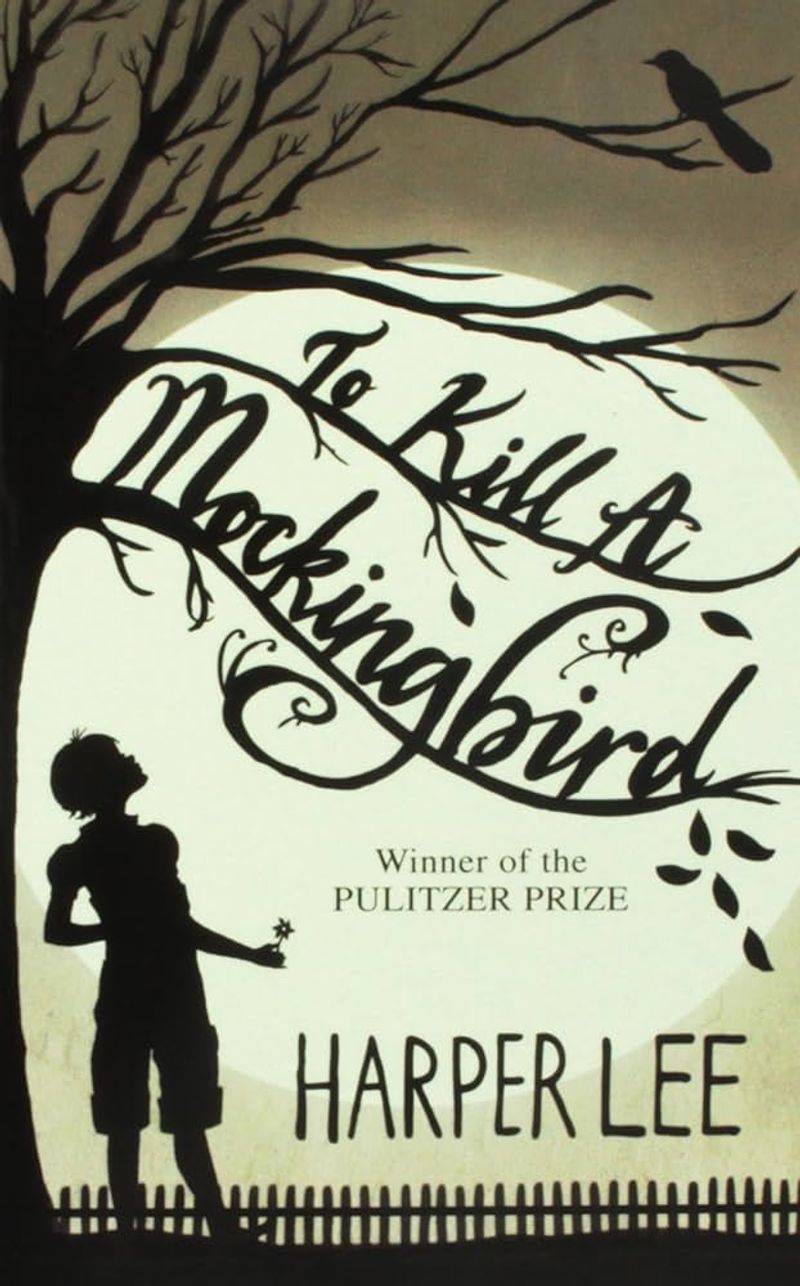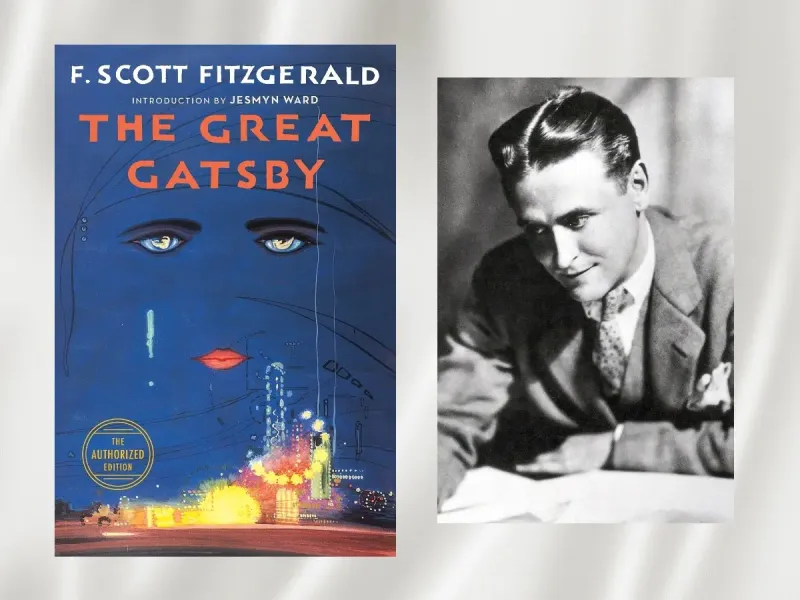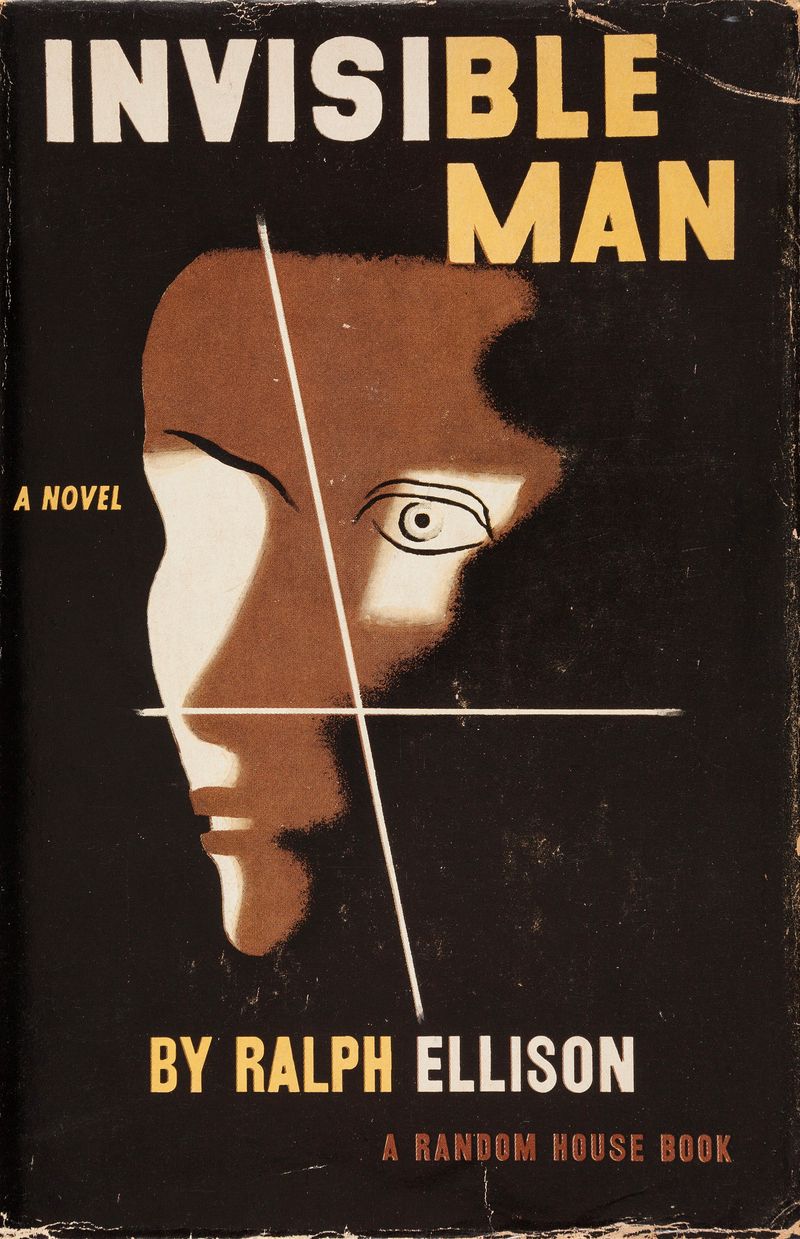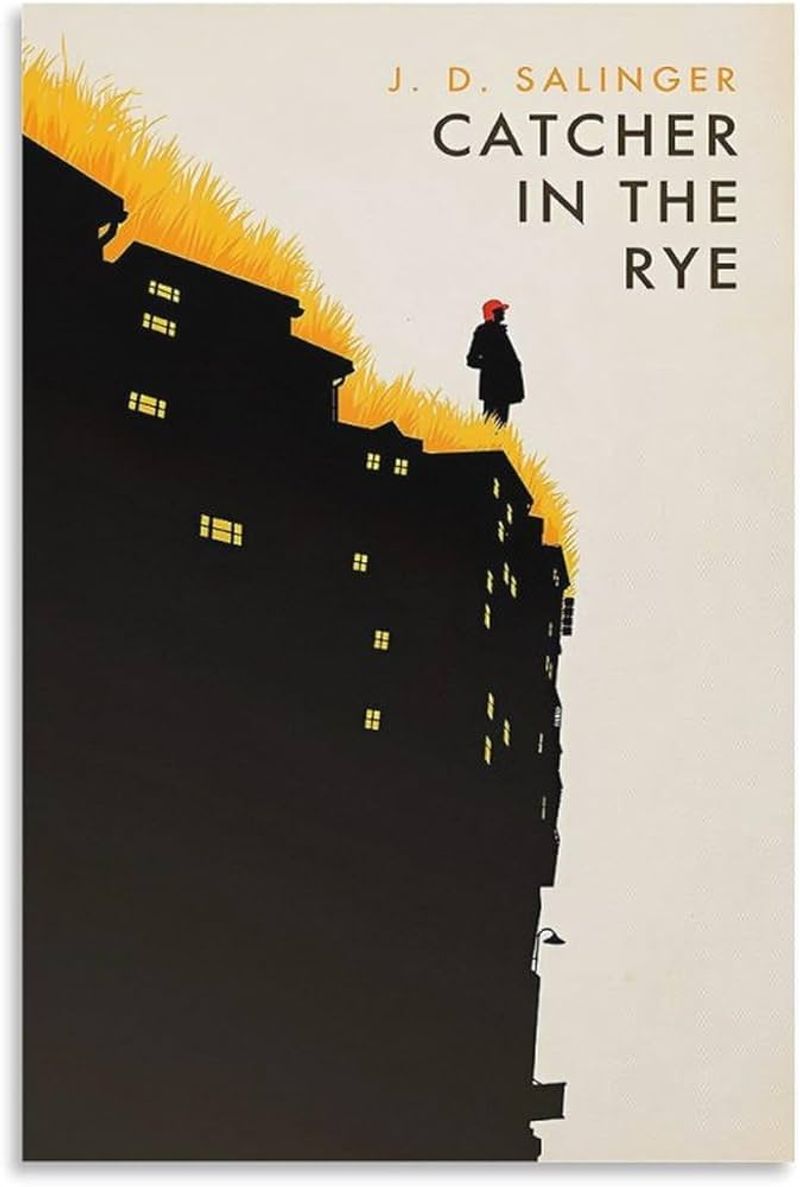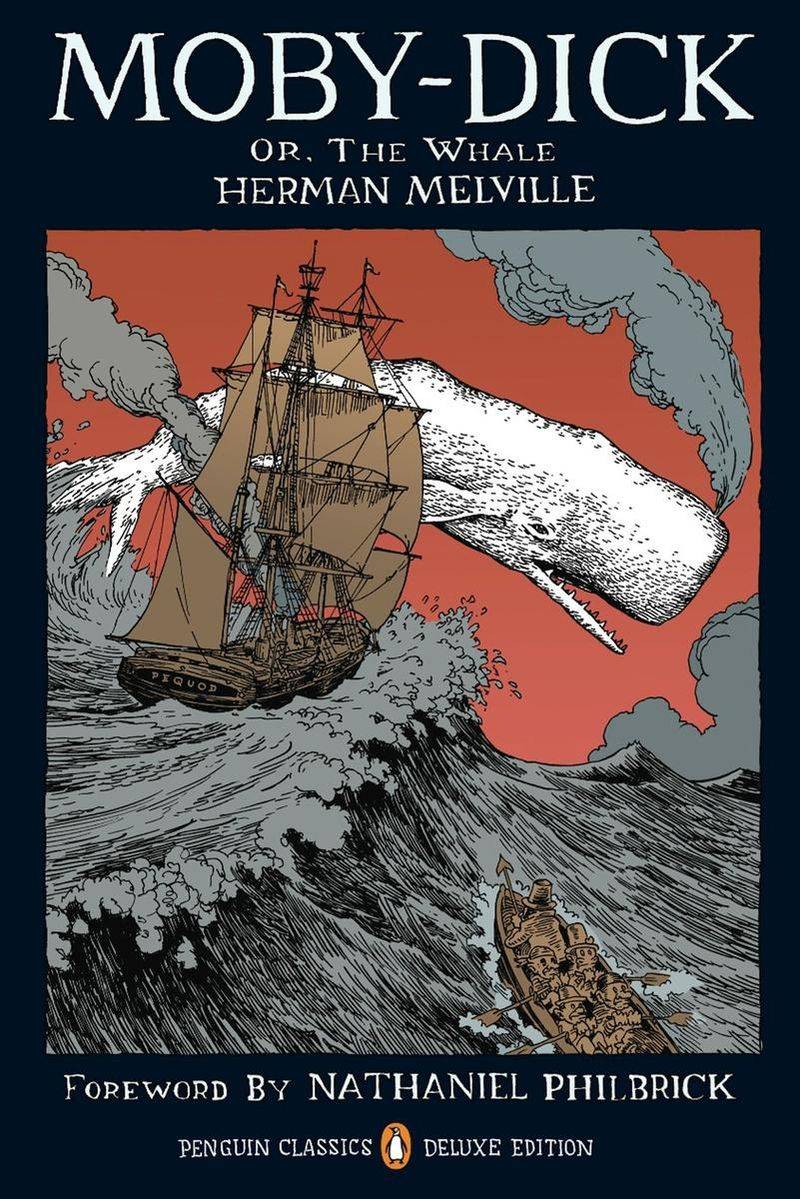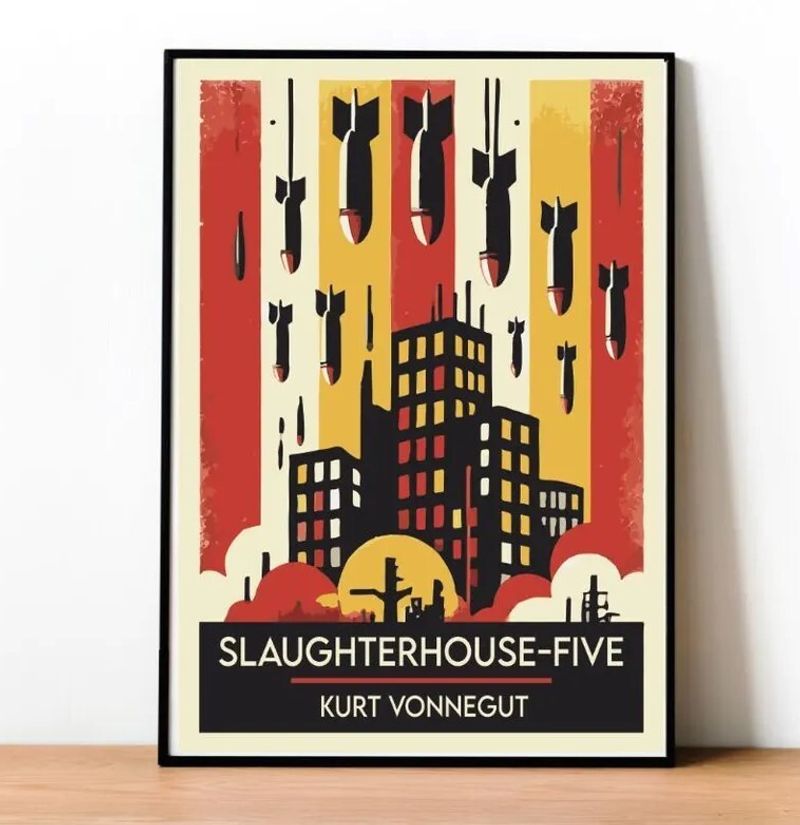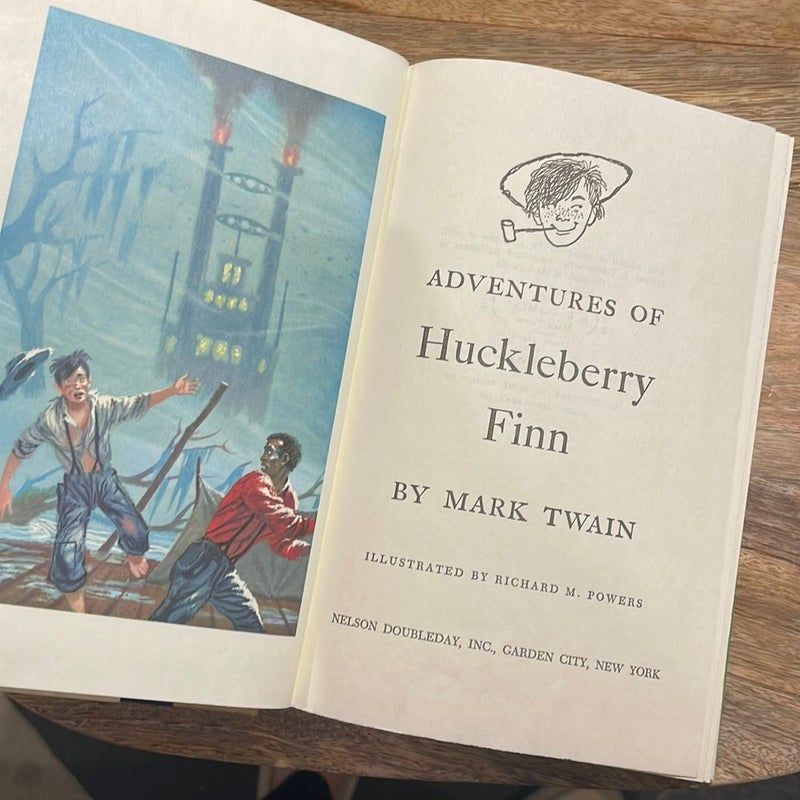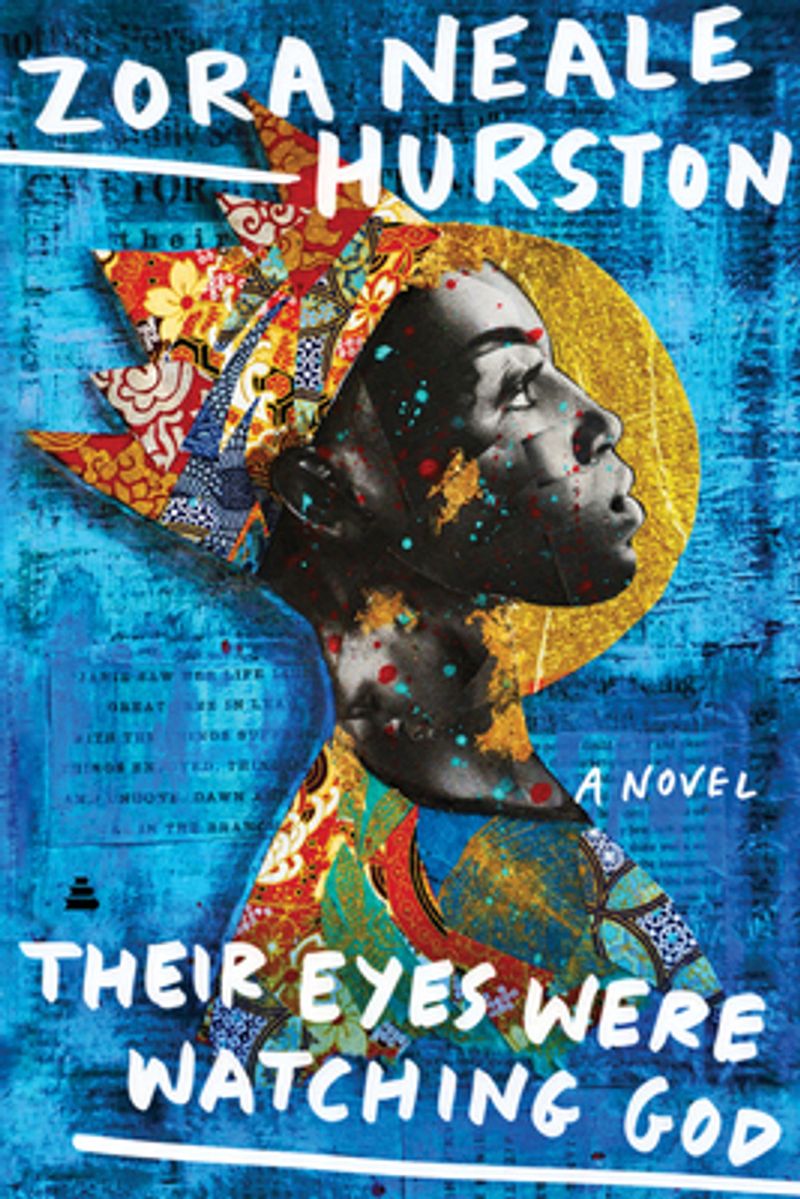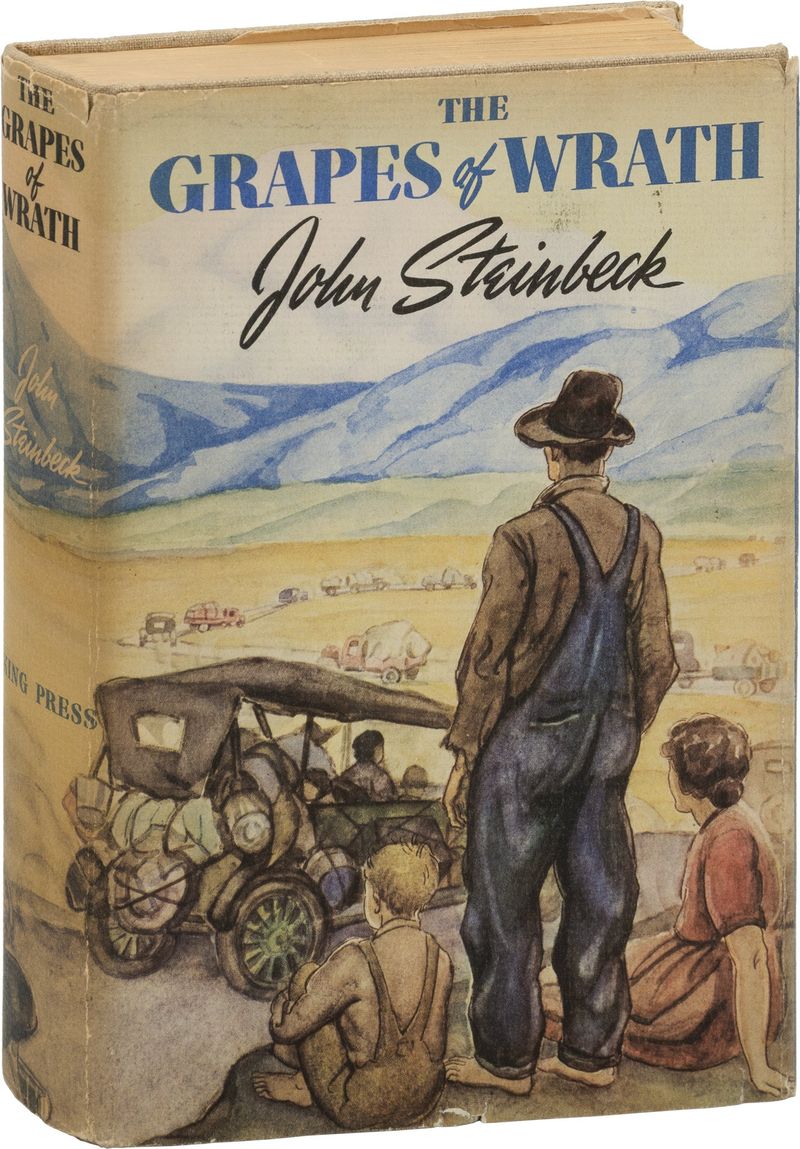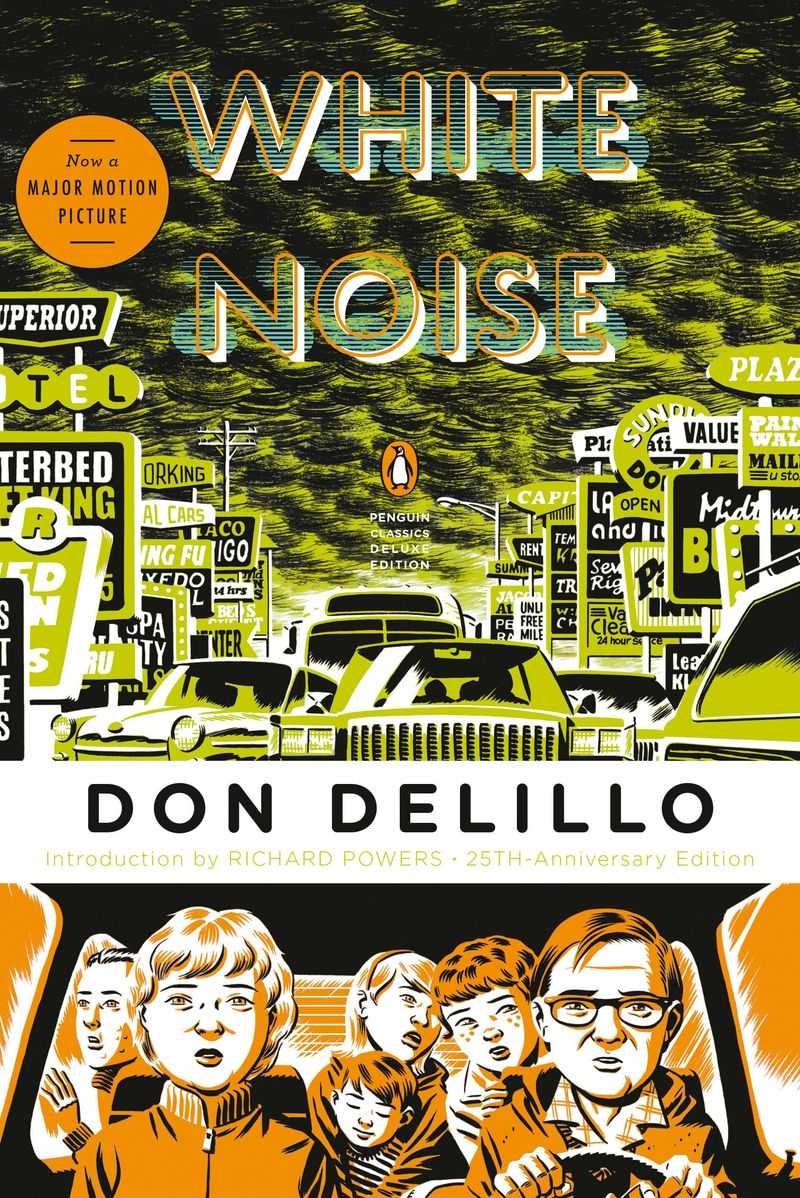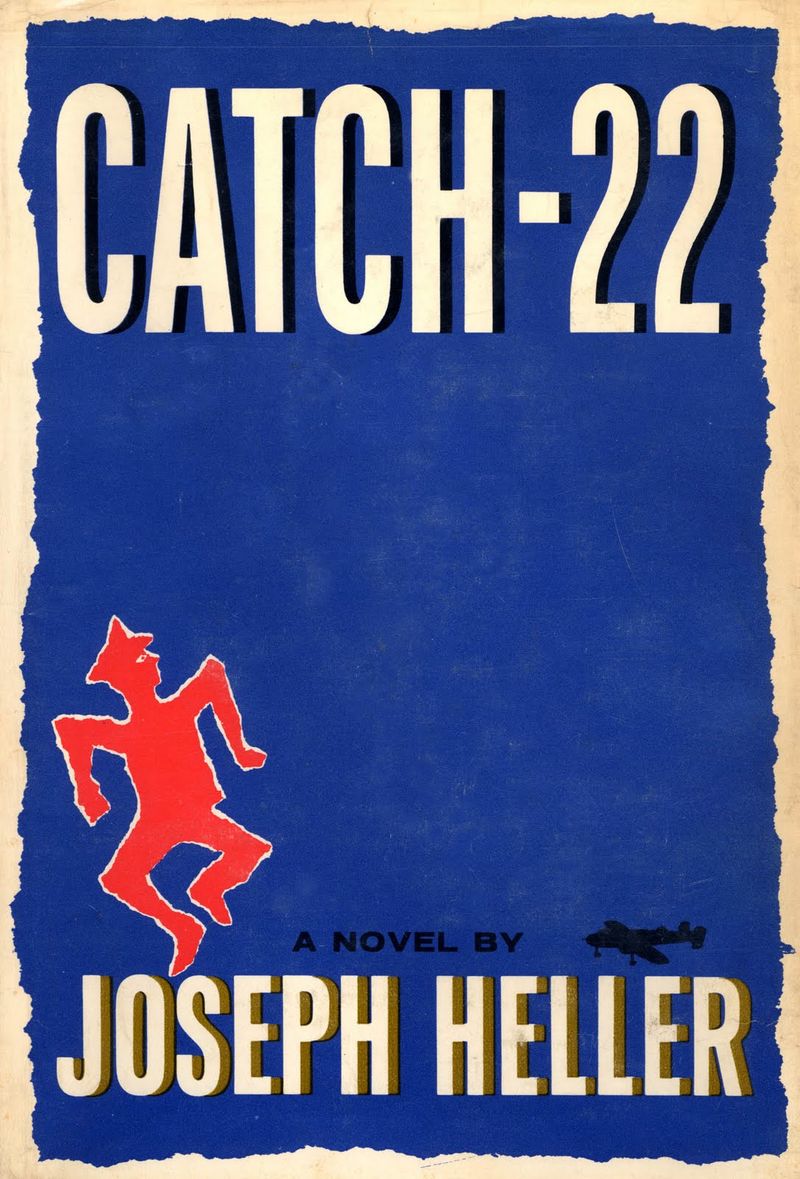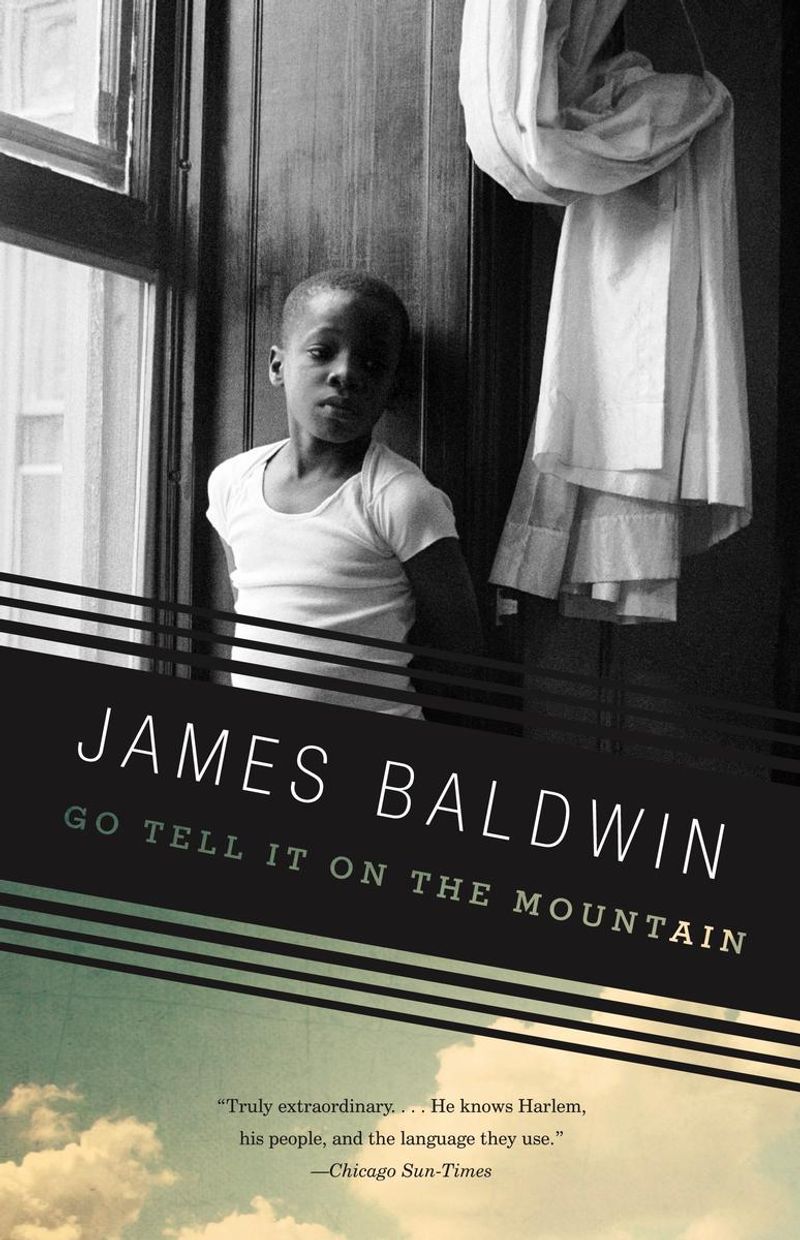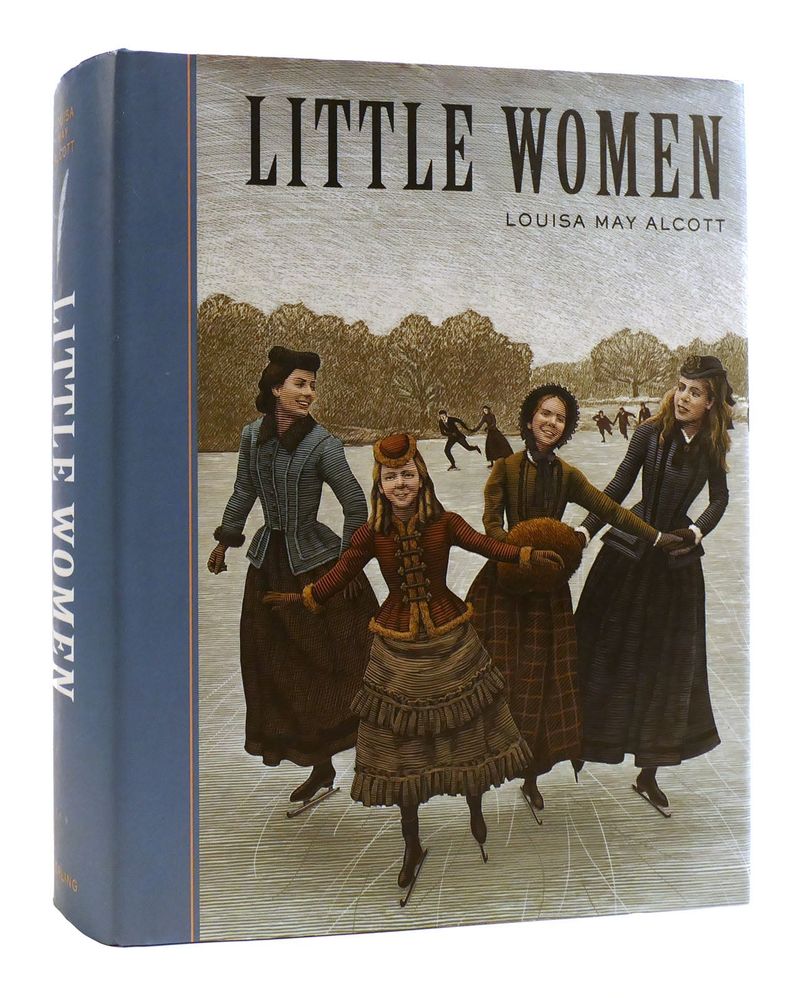From revolutionary narratives to controversial masterpieces, these American novels didn’t just hit the bestseller list—they shifted the literary landscape. Whether by breaking stylistic boundaries, challenging social norms, or capturing the American soul in new ways, each of these books left a permanent mark. Let’s see how many you’ve actually read.
1. To Kill a Mockingbird by Harper Lee (1960)
Harper Lee’s “To Kill a Mockingbird” paints a vivid picture of racial injustice in a small Southern town during the 1930s. Through the eyes of Scout Finch, a young girl, readers witness the trial of a Black man falsely accused of raping a white woman. Lee’s poignant exploration of childhood innocence, morality, and empathy became a moral compass during the Civil Rights Movement. The novel remains a must-read for its timeless themes and unforgettable characters. Its impact on American society is profound, urging readers to confront prejudice and stand for justice.
2. The Great Gatsby by F. Scott Fitzgerald (1925)
F. Scott Fitzgerald’s “The Great Gatsby” captures the glamour and disillusionment of the 1920s Jazz Age. Through the eyes of Nick Carraway, we meet Jay Gatsby, a wealthy man obsessed with reclaiming a lost love. The novel exposes the hollowness of the American Dream and the decadence of the era. Fitzgerald’s lyrical prose mirrors the glittering facade of high society, while revealing its moral decay. Though initially overlooked, the book is now a cornerstone of American literature, celebrated for its timeless critique of ambition and class disparity.
3. Beloved by Toni Morrison (1987)
Toni Morrison’s “Beloved” delves into the haunting legacy of slavery and its impact on generations. Sethe, a former enslaved woman, is tormented by the ghost of her deceased daughter. Morrison’s poetic prose captures the trauma and resilience of Black womanhood. The novel’s unflinching look at America’s dark past forces readers to confront the horrors of slavery. Morrison’s ability to blend magical realism with historical truth makes “Beloved” a powerful and unforgettable read. Winner of the Pulitzer Prize, it continues to resonate with themes of memory, identity, and redemption.
4. Invisible Man by Ralph Ellison (1952)
Ralph Ellison’s “Invisible Man” is a profound exploration of race and identity in mid-20th-century America. The unnamed protagonist’s journey from the South to Harlem reveals the societal pressures that obscure individual identity. Ellison’s intricate storytelling and vivid imagery delve into themes of invisibility, power, and self-discovery. The novel challenges readers to see beyond stereotypes and recognize the complexity of individuality. Its impact on literature and social discourse is immense, as it continues to provoke thought and conversation about race, identity, and human existence.
5. The Catcher in the Rye by J.D. Salinger (1951)
J.D. Salinger’s “The Catcher in the Rye” captures the angst of teenage alienation through the voice of Holden Caulfield. Set in 1950s New York City, the novel follows Holden as he navigates a world he perceives as phony. Salinger’s unique narrative style and Holden’s candid reflections resonate with readers, making it a defining work in coming-of-age literature. Its themes of identity, loss, and rebellion speak to the universal struggle of growing up. Despite controversy and bans, it remains a beloved and influential classic.
6. Moby-Dick by Herman Melville (1851)
Herman Melville’s “Moby-Dick” is a monumental work that delves into the depths of obsession and the human condition. The narrative follows Captain Ahab’s relentless pursuit of the great white whale, symbolizing man’s struggle against nature. Melville’s rich prose and philosophical insights explore themes of fate, revenge, and existentialism. Initially a commercial failure, the novel’s complexity and grandeur have since earned it a revered place in American literary canon. Its influence extends beyond literature, inspiring countless interpretations and adaptations across various media.
7. Slaughterhouse-Five by Kurt Vonnegut (1969)
Kurt Vonnegut’s “Slaughterhouse-Five” is a genre-defying work that combines science fiction, satire, and war narrative. The protagonist, Billy Pilgrim, becomes “unstuck in time,” experiencing moments from his life out of sequence. Vonnegut’s dark humor underscores the absurdity of war and human existence. Set against the backdrop of the Dresden bombing, the novel challenges traditional storytelling and moral conventions. Its iconic phrase “so it goes” emphasizes the inevitability of death and the resilience of the human spirit. A groundbreaking achievement, it remains a cornerstone of modern literature.
8. The Color Purple by Alice Walker (1982)
Alice Walker’s “The Color Purple” is a poignant exploration of abuse, empowerment, and sisterhood. Through letters, the novel chronicles the life of Celie, an African-American woman overcoming adversity in the early 20th century. Walker’s vivid storytelling captures the resilience and transformation of her characters. The novel’s raw depiction of racial and gender oppression challenged societal norms and won the Pulitzer Prize. It reshaped the representation of Black women’s voices in literature, inspiring readers to seek strength and unity amidst hardship. Its enduring impact on culture and society is profound.
9. The Adventures of Huckleberry Finn by Mark Twain (1884)
Mark Twain’s “The Adventures of Huckleberry Finn” is often hailed as “The Great American Novel.” Set in the pre-Civil War South, this narrative follows Huck, a young boy, and Jim, an escaped slave, as they journey down the Mississippi River on a raft. Twain’s sharp wit and social commentary reveal the complexities of race and morality in America. Banned in many schools, the book continues to spark intense debate. Twain’s ability to weave humor with biting critique offers a timeless exploration of freedom and friendship. Its influence on American literature is immeasurable.
10. On the Road by Jack Kerouac (1957)
Jack Kerouac’s “On the Road” epitomizes the spirit of the Beat Generation with its spontaneous prose and restless energy. The novel follows Sal Paradise and Dean Moriarty as they embark on cross-country adventures in search of meaning and connection. Kerouac’s writing captures the exuberance and disillusionment of postwar America. His celebration of jazz, poetry, and counterculture resonated with a generation questioning conformity. “On the Road” became a symbol of youthful rebellion and the quest for authenticity, influencing countless readers and writers in its wake.
11. Their Eyes Were Watching God by Zora Neale Hurston (1937)
Zora Neale Hurston’s “Their Eyes Were Watching God” is a seminal work in African-American and feminist literature. The novel follows Janie Crawford’s journey of self-discovery and empowerment in the early 20th-century South. Hurston’s lyrical prose and use of dialect create an authentic voice, capturing the struggles and triumphs of Black womanhood. Initially overlooked, the book gained recognition and acclaim through the efforts of later generations. Its exploration of love, independence, and identity continues to inspire readers and writers, solidifying Hurston’s legacy as a literary pioneer.
12. The Grapes of Wrath by John Steinbeck (1939)
John Steinbeck’s “The Grapes of Wrath” is a powerful tale of hardship and resilience during the Great Depression. The Joad family’s journey from the Dust Bowl to California highlights the plight of migrant workers and the social injustices they faced. Steinbeck’s compassionate storytelling captures the human spirit’s endurance in the face of adversity. The novel’s publication sparked both praise and controversy, leading to bans and public debates. Its unflinching portrayal of economic inequality and social justice issues remains relevant, making it a cornerstone of American literary and cultural history.
13. The Scarlet Letter by Nathaniel Hawthorne (1850)
Nathaniel Hawthorne’s “The Scarlet Letter” explores themes of sin, guilt, and redemption in 17th-century Puritan New England. The story of Hester Prynne, condemned to wear the scarlet letter “A” for adultery, reveals the harsh moral codes of the time. Hawthorne’s intricate narrative and symbolism delve into the complexities of human nature and societal judgment. The novel’s exploration of gender roles and personal integrity continues to resonate with readers. Its profound impact on American literature and its examination of moral and ethical dilemmas make it a timeless classic.
14. The Sound and the Fury by William Faulkner (1929)
William Faulkner’s “The Sound and the Fury” is a masterful exploration of a Southern family’s decline through a series of fragmented narratives. The novel’s unconventional structure, employing stream of consciousness, challenges readers with its complexity. Faulkner’s deep psychological insights and rich characters reveal the tensions of the American South. Though initially perplexing, the book’s innovative storytelling has influenced generations of writers. Its exploration of time, memory, and identity resonates with those seeking to understand the intricacies of human emotion and the inevitability of change.
15. White Noise by Don DeLillo (1985)
Don DeLillo’s “White Noise” is a postmodern exploration of consumerism, technology, and existential dread. The protagonist, Jack Gladney, navigates a world saturated with media and information amid a looming environmental disaster. DeLillo’s sharp, satirical prose captures the absurdities of modern life and the fear of death. The novel’s prescient examination of the impact of technology on society and human consciousness continues to resonate today. “White Noise” remains a critical reflection of contemporary anxieties and a cornerstone of American literary postmodernism.
16. Native Son by Richard Wright (1940)
Richard Wright’s “Native Son” is a searing depiction of race and class in 1930s America. The protagonist, Bigger Thomas, struggles against societal oppression and his own inner turmoil. Wright’s unflinching portrayal of systemic racism forces readers to confront uncomfortable truths. The novel’s raw power and social critique ignited debates and remain influential in discussions on race and justice. Wright’s pioneering narrative style and bold themes continue to challenge and inspire, making “Native Son” an essential read for those seeking to understand America’s complex racial history.
17. The Road by Cormac McCarthy (2006)
Cormac McCarthy’s “The Road” is a haunting vision of a post-apocalyptic world, where a father and son journey through desolation and despair. McCarthy’s sparse, poetic language captures the stark beauty of survival and the enduring bond between parent and child. The Pulitzer Prize-winning novel explores themes of hope, love, and humanity in the face of annihilation. Its bleak yet tender portrayal of a world stripped bare resonates with readers seeking meaning amidst chaos. “The Road” stands as a testament to McCarthy’s ability to find grace in the harshest of landscapes.
18. The House of Mirth by Edith Wharton (1905)
Edith Wharton’s “The House of Mirth” unveils the ruthless social dynamics of New York’s elite in the early 20th century. The protagonist, Lily Bart, navigates ambition and societal expectations, ultimately facing ruin. Wharton’s incisive portrayal of class, gender, and morality offers a poignant critique of the pursuit of wealth and status. The novel’s exploration of the individual’s struggle against societal constraints remains relevant and compelling. “The House of Mirth” solidified Wharton’s reputation as a literary pioneer, becoming one of the first women to gain serious acclaim in American literature.
19. Blood Meridian by Cormac McCarthy (1985)
Cormac McCarthy’s “Blood Meridian” is an epic reimagining of the American West, where violence and moral ambiguity reign. The narrative follows “the Kid,” a teenage runaway, through a brutal landscape filled with mercenaries and bloodshed. McCarthy’s evocative prose and haunting imagery explore themes of manifest destiny, survival, and the darkness within humanity. The novel’s unflinching portrayal of frontier violence challenges romanticized Western myths. “Blood Meridian” stands as a monumental work in American literature, reshaping perceptions of the West and the human capacity for brutality.
20. Catch-22 by Joseph Heller (1961)
Joseph Heller’s “Catch-22” is a satirical masterpiece that revealed the absurdity of war and bureaucracy. The protagonist, Captain John Yossarian, is trapped in a paradoxical rule that epitomizes no-win situations. Heller’s dark humor and inventive narrative style expose the contradictions and chaos of military life. The novel’s influence extends beyond literature, introducing the term “catch-22” into common language. “Catch-22” remains a timeless critique of institutional madness and a beloved classic for its sharp wit and enduring relevance.
21. Go Tell It on the Mountain by James Baldwin (1953)
James Baldwin’s “Go Tell It on the Mountain” is a powerful exploration of race, religion, and identity in 1930s Harlem. The semi-autobiographical novel follows John Grimes as he grapples with his faith and familial expectations. Baldwin’s lyrical prose and poignant themes capture the struggles of self-discovery within a strict religious framework. The novel’s exploration of personal and cultural history resonates with readers seeking understanding and connection. Baldwin’s profound insights and poetic voice make “Go Tell It on the Mountain” a timeless reflection on the complexities of human experience.
22. Little Women by Louisa May Alcott (1868)
Louisa May Alcott’s “Little Women” is far more than a domestic tale; it’s a groundbreaking exploration of female ambition and independence. The novel follows the lives of the March sisters as they navigate personal growth and societal expectations in 19th-century New England. Alcott’s keen insight into gender roles and family dynamics challenged norms and inspired generations of readers. “Little Women” remains a beloved classic for its rich characters and enduring themes of love, resilience, and individuality. Its impact on literature and culture is immeasurable, offering a timeless celebration of sisterhood.

